EASA has turbulence around it- about same as FAA
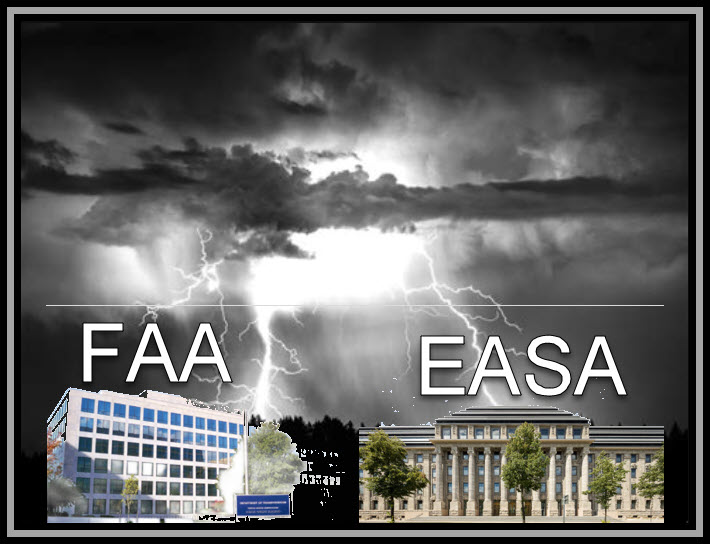
Two recent articles about the European Union Aviation Safety Agency (EASA), one the thoughts of retiring, acting Director and one an announcement of the new Director, reduced anxiety about the current status of the Federal Aviation Administration (FAA). No, the current US situation status did not turn to GREEN; however, a comparison of the two aviation safety organizations indicated that the European peer governmental body is experiencing similar troubles. Transnational references are useful.
EASA Acting Executive Director Luc Tytgat, in an exit interview, complained about a budget problem- not enough €s or people to meet the agency’s mission. His organization has 800 employees and a budget of $269m. Not a fair one-to-one comparison in that EASA does not operate the continent’s ATC and even if it did, the airspace is much smaller. EASA’s role is to set the aviation safety standards that its 41 member states implement, and Cologne oversees for consistency. Aircraft certification is the sole responsibility of the central authority.
That said the FAA’s staff number 40,000 and Congress appropriates $20,000,000,000 for all of its operations.
In response to the relatively small EASA funding and to a request to increase its €s, two airline CEOs complained:
“I’ve never yet met a bureaucrat who didn’t want more money and a bigger budget. And you know, EASA wastes quite a lot of money.”
and
“…Europe had an “astonishing” safety record. “I don’t think necessarily that there needs to be more oversight from the regulator.”
Even the European Commission, the uber Eurocracy that manages all of the pan-European civil servants, was not positive:
“The Commission ‘does NOT ENVISAGE at this stage to modify the remit of EASA’. It was last extended in 2018 to cover areas such as cybersecurity, aviation research and the environmental impact of aviation.”
The article included an interesting description of EASA’s funding:
fifth of the agency’s budget is assigned by the EU’s parliament,
with another fifth tied to specific projects,
with the lion’s share, or 59%, COVERED BY FEES CHARGED FOR CERTIFICATION WORK.
Would the US regard such FUNDING to be UNACCEPTABLE USER FEES?
EASA’s Executive Director Patrick Ky’s 10 year time in Cologne came to an end. At the midpoint of this appointment Pekka Henttu, Chairman of EASA’s Management Board commented: “The full support of all the Member States and the Commission indicates in Patrick’s re-election that EASA’s heading is the right one. Patrick is the best man for the job…He has demonstrated a great sense of leadership over the last 5 years to position EASA as the pivotal element of the European Aviation System. I look forward to continue working closely with him during the next 5 years.” External commentors noted his dynamic leadership during aviation’s turbulence, his improvement of the agency’s rulemaking process and his aggressive advocacy of the European regulatory regime to other countries. One article pointed to problems:
“…he moved staff between departments and does not take well to criticism or challenges to his decisions. They described an internal culture where employees are afraid to speak up, which they worry could have detrimental long-term implications for aviation safety. That’s made worse by a GROWING LIST OF RESPONSIBILITIES FOR THE AGENCY AND A PRESSURE TO KEEP COSTS UNDER CONTROL. “It’s actually management by fear,” one current EASA employee said, describing Ky’s management style.
If there was a statement by EASA about Ky’s departure, it was not found. Ten years may have been enough for anyone.
The management board after a long search named a new Executive Director, FLORIAN GUILLERMET. He will lead the SAFETY REGULATORY body after a 26 year career—


EASA has no direct ATC responsibilities; its immediate challenge is dealing with emerging, disruptive technologies with leading edge engineering; perhaps the Management Board sees EASA getting involved in UASs and eVTOLs operation into the airspace.
Those who live within the Beltway are obsessed with the FAA’s faltering position. EASA has budget problems and opposition from industry and the EU. Fifty-nine percent of its funding derives from certification user fees. Finally, the new Executive Director is a highly qualified ATC expert?
Maybe things are not so bad at 800 Independence???
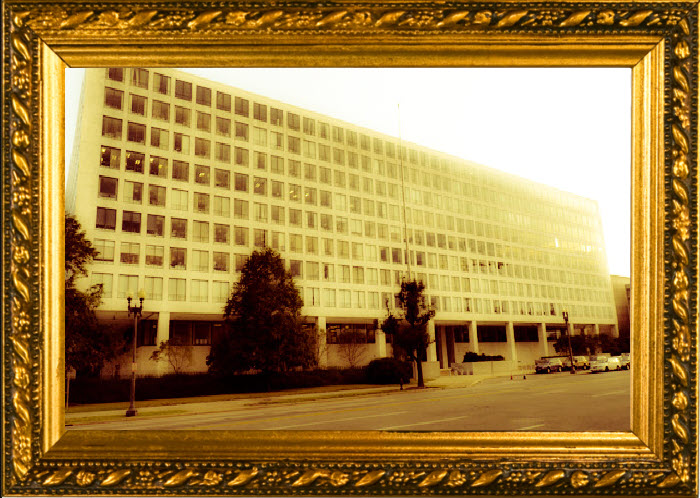
+++++++++++++++++++++++++++

Top European air safety regulator warns over budget squeeze
By Thomson ReutersMar 28, 2024 | 6:48 AM
By Joanna Plucinska and Tim Hepher
COLOGNE (Reuters) – The outgoing head of Europe’s aviation regulator has issued a warning over resources and called for a bigger role as it grapples with “SYSTEMIC RISKS” in the aviation ecosystem.
The call comes as the 31-nation European Union Aviation Safety Agency (EASA) {why not EUSA?} looks to address recent safety concerns with far fewer staff and resources than its U.S. counterpart, the Federal Aviation Administration.
“WE ARE STRUGGLING,” EASA Acting Executive Director Luc Tytgat told Reuters in a recent interview, weeks before his retirement.
Europe’s main regulator has a STAFF of some 800 and a BUDGET of 248 million euros ($269 MILLION) for 2024. In contrast, the U.S. Federal Aviation Administration employs over 40,000 and has a budget of nearly $20 BILLION. Its size partly reflects its responsibility for the world’s busiest air traffic system. {EUROCONTROL, a separate EU organization has responsibility for ATC services over the 41 member states.}
The two regulators have been shaping rules for new forms of aviation while addressing threats such as cyberattacks and increasing scrutiny of existing projects.

“In seven years we haven’t stopped re-inventing the wheel,” Tytgat said. “And we have been able to grow in terms of tasks, but with the same level of resources,” he said at the regulator’s headquarters in Cologne overlooking the Rhine.
The air safety veteran was appointed the agency’s acting head last year, succeeding Patrick Ky, who was credited with boosting its influence during crises over Boeing crashes in 2018 and 2019.
CHANGE COMING
Next month, Tytgat will hand over European oversight to Florian Guillermet, head of France’s air traffic control agency. {see next article}
Two months later, Europe faces a budget and political crossroads, when European Union citizens elect a new EU parliament.
“I need to hope that they will INCREASE THE BUDGET,” Tytgat said, without referring to a specific timeline. EASA’s current budget period runs until 2026.
Around a. But even as those revenues increase, EU rules make it hard for the agency to expand unless its role expands too.
As aviation technology becomes more sophisticated it is critical to watch the entire ecosystem, from runways to the skies, Tytgat said.
“This systemic approach is absolutely important today.”
To help join the dots and prevent accidents, EASA wants to have a greater role in COLLECTING AND ANALYSING SAFETY DATA generated by modern jets.
“The idea would be to connect and have the (latest) picture of what happened during the last flight accumulated here, for each flight in Europe, coming from the engine, coming from the aircraft, coming from the air traffic manager,” Tytgat said.
PUSHBACK
The agency’s call for more resources does NOT APPEAR TO BE WINNING IMMEDIATE FAVOUR FROM AIRLINES OR THE EU’S EXECUTIVE.
“I’ve never yet met a bureaucrat who didn’t want more money and a bigger budget. And you know, EASA wastes quite a lot of money,” Ryanair CEO Michael O’Leary told Reuters.
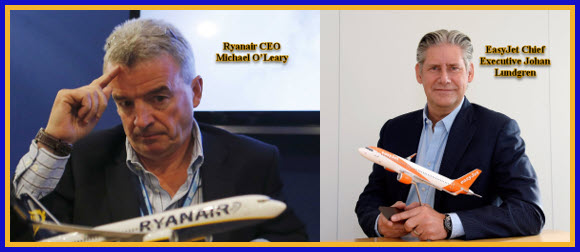
EasyJet Chief Executive Johan Lundgren said Europe had an “astonishing” safety record. “I don’t think necessarily that there needs to be more oversight from the regulator.”
A spokesperson for the European Commission said it “does NOT ENVISAGE at this stage to modify the remit of EASA”. It was last extended in 2018 to cover areas such as cybersecurity, aviation research and the environmental impact of aviation.
EASA already has an embryonic Data4Safety programme expected to go live later this year.
(Reporting by Joanna Plucinska and Tim Hepher; Editing by Tomasz Janowski)

++++++++++++++++++++++++++++++
Florian Guillermet starts new role as EASA Executive Director from start of April
28 Mar 2024

COLOGNE, March 28, 2024 – FLORIAN GUILLERMET will take up his role as Executive Director of the European Union Aviation Safety Agency from April 1, 2024 following his selection by the EASA Management Board on December 13, 2023.
Guillermet moves to EASA directly from FRANCE’S DSNA, where he had served as Director Air Navigation Services since June 2021. He headed the 7,000-person organisation with full accountability for the delivery of its services and the smooth running of its operations.
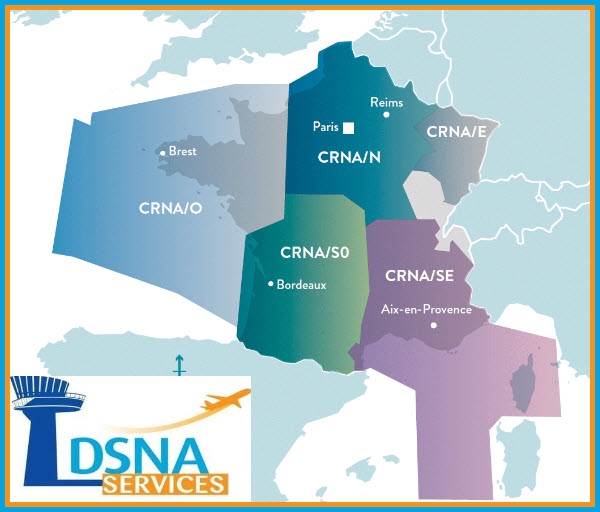
Guillermet brings extensive leadership experience from various organisations in the aviation sector. He has worked in aviation for 26 years, including top level management posts in France and in European Union aviation organisations.
“My ambition is to take EASA to the next level, making it a modern organisation fit for the digital age, while ensuring the highest standards of civil aviation safety and environmental protection are met across the entire aviation ecosystem,” Guillermet said. “While the Agency’s core role is as a regulator, I want to BUILD STRONG RELATIONSHIPS WITH STAKEHOLDERS, IN EUROPE AND GLOBALLY, TO ENSURE ALL AIR TRAVEL IS SAFE FOR EVERY EU CITIZEN.
“I look forward to channelling the undoubted expertise of EASA’s staff to achieving these goals in a positive and inclusive multicultural working environment.”
Guillermet succeeds Luc Tytgat, who had led the Agency as Acting Executive Director for the last seven months, following the departure of Patrick Ky at the expiry of his 10-year mandate. Tytgat will remain with the Agency in a senior leadership role until August, supporting Guillermet through the transition period.
Short Biography
During his 26 years working in the aviation sector, Florian Guillermet has held top-level management posts at aviation organisations in France and the European Union. In addition to extensive leadership experience, he has acquired profound knowledge of many aviation domains, particularly SAFETY AND AIR TRAFFIC MANAGEMENT (ATM).
Guillermet will move to EASA directly from France’s DSNA, where he served as Director Air Navigation Services since June 2021. He headed the 7,000-person organisation with full accountability for the delivery of its services and the smooth running of its operations.
Prior to that, he was EXECUTIVE DIRECTOR AT SESAR INT UNDERTAKING (SESAR-JU), leading the delivery of performance improvements in ATM safety, capacity, efficiency, and its environmental impact. He stepped up to this role in 2014, after two years as Deputy Executive Director of the Joint Undertaking.
He held various positions at Eurocontrol from 2003 to 2011, ranging from system developments to operational service delivery. His earlier work experience involved various aviation roles in France.
Guillermet studied ENGINEERING, including APPLIED MATHEMATICS, COMPUTER SCIENCE, AND BUSINESS ADMINISTRATION at the ÉCOLE POLYTECHNIQUE in Paris and has a master’s in Air Transport Management and Aeronautics from the French National School for Aviation (ENAC). He also studied at the University of California (UCLA) in Los Angeles
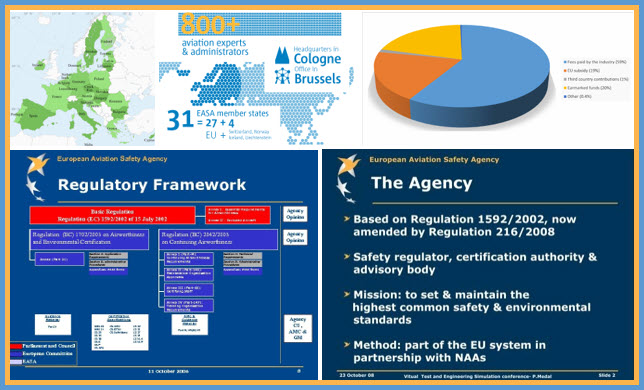
++++++++++++++++++++++++++